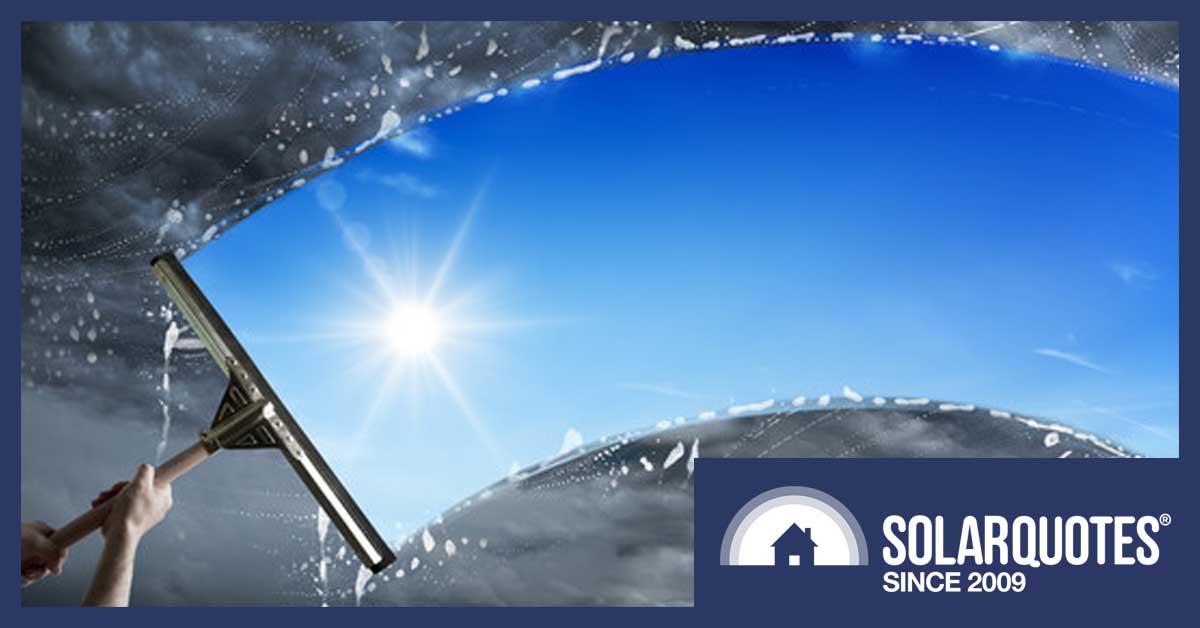
Lately, Australia has been having a bit of a problem with bushfires. You may have noticed. It’s been on the telly. Also, there’s a good chance you’ve been spluttering on vast clouds of smoke blowing across the country. Smoke and fine ash from the fires can travel thousands of kilometers before settling and most of us now have a fine layer of soot on our solar panels, while those nearer to fires may have a thick layer of ash.
The good news is while this may reduce the output of your solar power system, provided it wasn’t hot ash or burning embers it won’t do your system any harm. You can wait for rain to wash the ash away or clean it off with a garden hose. But if there is fire in your area or your roof has been exposed to burning embers then the situation is more serious.
Here’s a summary of what to do when it comes to bushfires and solar systems:
- Ash on panels — Not a serious problem. Wait for rain or hose them down when they’re not hot.
- Fire in area — Shut down solar power system as a precaution.
- Burning cinders — Do not reactivate solar system until it’s inspected for damage.
- Roof on fire — Evacuate in an orderly fashion. If you can’t manage that, evacuating in a disorderly fashion may have to do.
If you’re reading this article because a maelstrom of fire is approaching your home and you want to know how to quickly shutdown your solar inverter, there should be instructions on your inverter you can follow. But if you don’t feel confident you’ll get it right, then just go. There are worse things in this world than not shutting down your inverter and a maelstrom of fire is one of them.
But if things aren’t that urgent, then you’ll have time to read below, where I go into more detail starting with the common bushfire related problem people have, which is sooty panels.
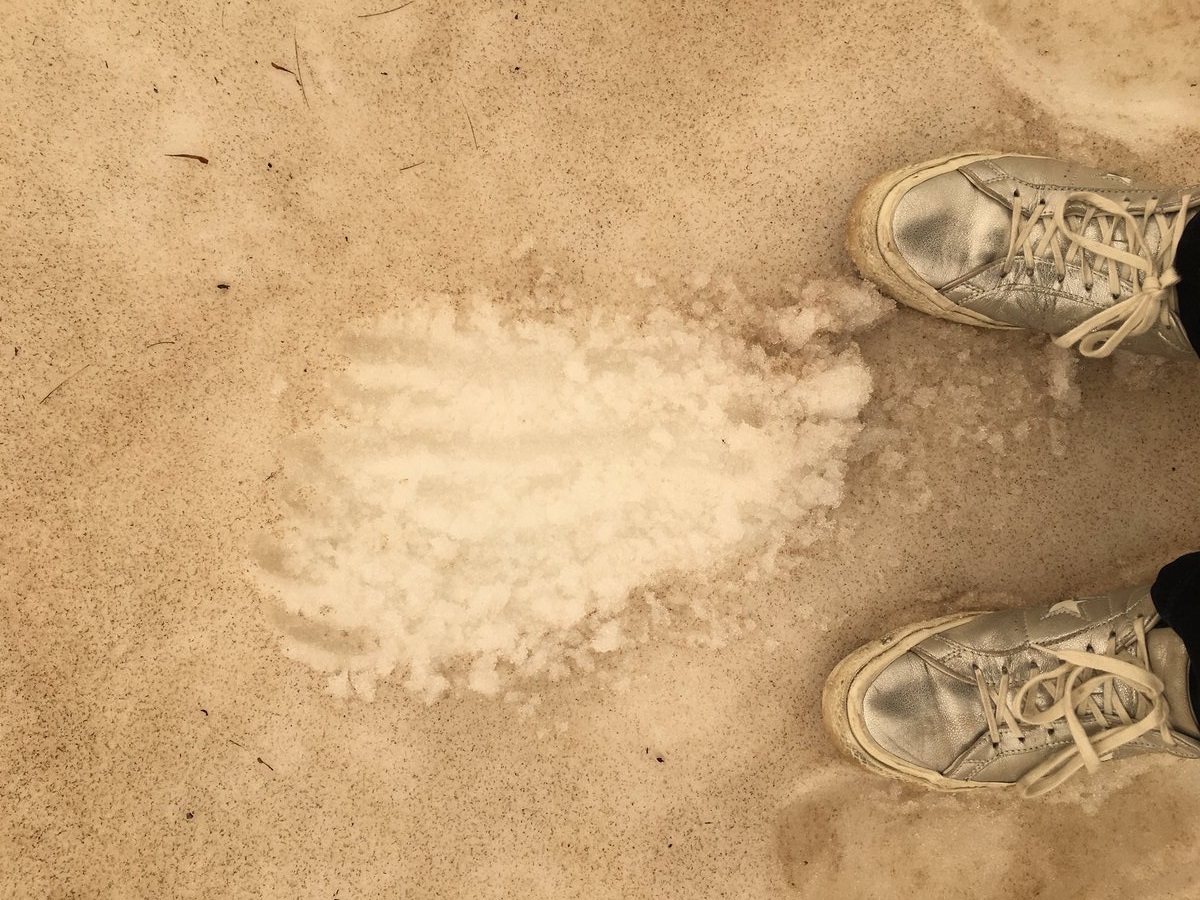
This is soot from Australian bushfires that has fallen on a New Zealand glacier. Chances are there’s considerably more on your solar panels. (Image Source: I stole this from The Guardian, but they appear to have stolen it from Fabulousmonster, which is the only kind of monster I’d expect to find in New Zealand.)
Ash On Solar Panels Is A Minor Problem
Almost every Australian home has been exposed to bushfire smoke. We’ve gotten off lightly here in Adelaide, but roughly 20 million people have had it worse. It has left a film of grime on most solar panels. If you run your fingertip along the outside of a window and it gets blackened with soot, chances are there’s more on your panels. The good news is a thin layer won’t have much effect and if you check your solar inverter there’s a good chance you won’t notice any difference in output. Unless you are desperate to get every watt-hour you can out of your panels, there’s no need to do anything and you can wait for rain to wash it off.
If there is a noticeable decline in solar energy output or you can simply see there is a lot of ash on them, then you can clean it off with a hose, provided you do it when the panels aren’t hot from being in direct sunlight for hours.
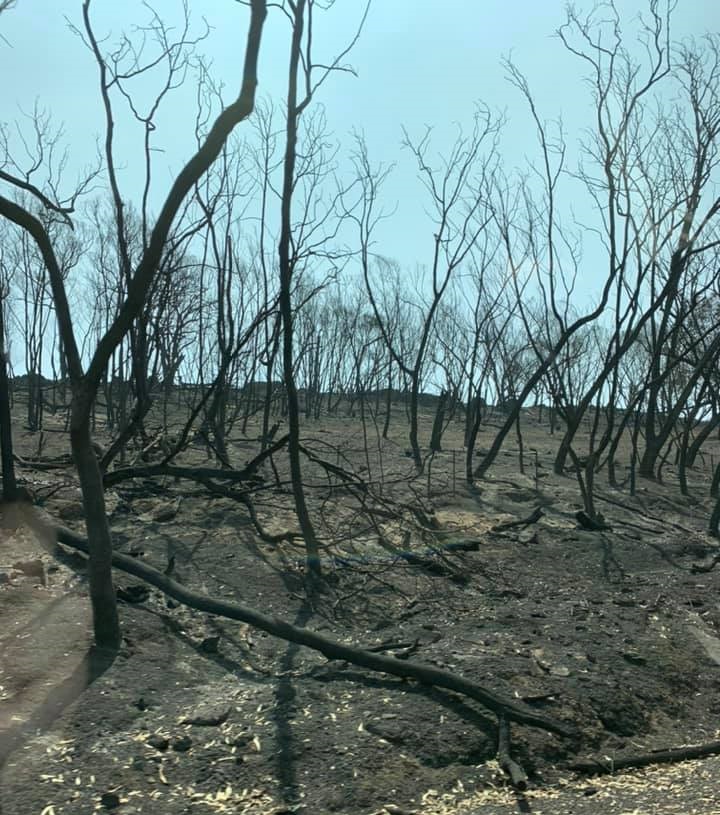
A 6mm fire went through this scrub. That is, only things around 6mm or less in thickness burned.
Cleaning Ash Off Solar Panels
You can just clean ash off solar panels with a hose from the ground. I don’t recommend going up on the roof because because I figure even if there is only a tiny risk of a fall, why take the chance? It’s a lot easier to do it from the ground and I’d much rather be safe and lazy than gung-ho and in hospital. There’s also not much point in going up on the roof to give the solar panels a good clean when they’re likely to have more soot dumped on them before the summer’s over.
Sudden changes in temperature aren’t good for solar panels so it’s best not to spray them off when they’re hot. Early in the morning or after sunset is a good time. The graph below, which I pulled from this paper, suggests there will be little increase in panel temperature two hours after sunrise and that they will have cooled off by sunset:
This is for north facing panels. East facing panels will warm up sooner while those facing west will cool down later, so you might want to wait at least 20 minutes after sunset before cleaning them.
Be Gentle With Your Hose
The hose water should fall on the panels like rain. If you have high water pressure, don’t hit them with a single powerful stream. High pressure could damage the seal between the solar panel’s glass and its aluminium frame.
Just gently spraying them with water should be enough to wash off soot. If you can see there is still dirt stuck to the panels, leave it to soak for maybe 10 minutes and then let more water fall on it. If doing this a couple of times isn’t enough to clear the ash away you can consider getting the panels professionally cleaned.
No Water?
If you have no water to spare and need the extra solar energy, you can clean panels with a soft broom. But this does violate my don’t go up on the roof rule unless you’ve got really long arms or something.
Patchy Soot Is A Little Worse
Unless something weird is going on, you can expect soot to be evenly distributed over your panels. An even layer of grime will reduce output, but it won’t otherwise negatively affect panels. But if dirt is unevenly distributed, say you’ve had a little rain that was enough to make the soot streaky but not wash it away, that is worse for the panels than an even layer.
The reason why is the cleaner solar cells will produce more energy but their output will be dragged down to the level of their dirty neighbours and the extra energy will be lost as heat, raising the temperature of the panel. This is not a disaster and uneven soot should not be a significant problem for any solar panel of decent quality. But uneven patches of dirt will mildly increase the wear and tear the panels suffer and so it gives a little extra incentive to clean them off. But I wouldn’t be very concerned if you don’t get around to cleaning them.
Fire In Area? Shut Down Solar System!
If there is a fire in the area and a risk of your roof being exposed to burning cinders, you should shut down your solar power system as a precaution. Note that under catastrophic bushfire conditions burning embers can travel up to 10 kilometers in front of a blaze, which is just nuts.
Shutting down solar systems is important as burning embers can damage wiring and create a fire risk. It would be pretty tragic if bushfire embers didn’t set your home on fire but damaged solar system wiring and a DC arc did.
How To Shut Down Your Solar System
Shutting down your solar system is not complex and usually there will be instructions on your inverter. In most cases the two steps are:
- Turn off the SOLAR SUPPLY MAIN SWITCH in the switchboard or, if there isn’t one, then turn off the AC ISOLATOR switch which will either be next to or below the solar inverter.
- Turn off all DC ARRAY PV ISOLATORS switches (there can be more than one) next to or below the solar inverter.
If you don’t have clear instructions or you have any doubt about how to go about it correctly, then seek advice first. You can get help from your installer or, if they’re not available, another installer. The manufacturer of your inverter may also be able to assist, but not all solar inverters are well supported and have people available who can give good advice over the phone.
What you need to avoid is switching the DC isolators off under load. The DC isolators isolate the solar panels. If you switch them off before you switch the AC to the inverter off, there is a possibility of something going badly wrong. The DC isolators can be carrying high voltage DC, which does not like being interrupted and may potentially go BANG; causing injury or worse.
Send Pics
If you are seeking advice from someone over the phone or online it will make it a lot easier for them if you send them a picture of your switchboard and solar inverter. That way, as long as they know what they are doing, they will usually be able to tell you what you need to do.
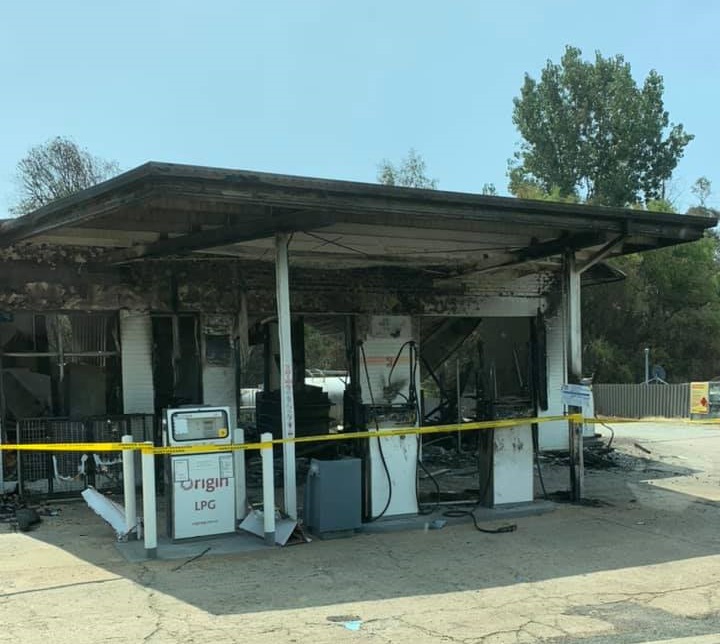
Despite what Hollywood and Mumbaiwood might try to tell you, petrol bowsers don’t blow up easy.
It’s Safer In The Dark
If you get advice and you’re still not completely confident, or if you’re my father and think asking for advice is for the weak, then a useful safety precaution is to shut down your solar system at night. It’s hard for things to go wrong if it’s not producing power.
Microinverters Are Easy
Most solar systems have string inverters, but if you have microinverters things are a little simpler. They have just one switch that is normally located in your switchbox.
Out Of Time? Make A Judgement Call
I highly recommend checking how to shut down your solar power system now, so you’ll be prepared for future emergencies. But let’s say you didn’t get around to this and you have to evacuate because there’s fire nearby. In this situation, my own personal advice — and in case this ever comes up in court I’ll mention that my mother used to drop me on my head a lot — is to see if there are instructions on the solar inverter and if you think you can follow them, then shut the solar system down. However, if you have no idea what you are doing, just leave it. It’s not ideal to leave your solar system on, but if the situation was ideal there probably wouldn’t be a fire approaching your home.
Metsys Ralos Ruoy Gnitratser
Restarting your solar power system just involves doing the reverse of what you did to shut it down. But if your solar system may have been damaged by fire it shouldn’t be turned on until it’s been inspected.
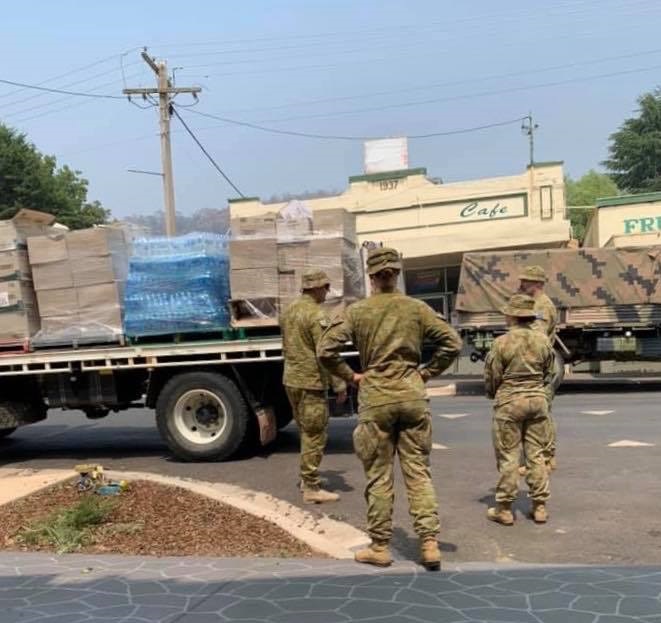
Public servants in Batlow preparing water, nappies, and other relief for distribution.
Checking For Fire Damage
If your home and/or surroundings have been damaged by fire then your solar power system should be inspected for damage before it’s switched on. While it may look okay, the danger is burning material will have gotten under the panels and either damaged the wiring or the solar panels themselves. While small embers blowing under the panels may not do any harm, the real danger is if leaf litter has been trapped under there and starts to burn. A small fire could cause serious damage and be difficult or impossible to see from the ground.
My advice is to get a solar installer to inspect it and ensure it’s all working correctly. It’s a very good idea to have your solar system inspected every five years anyway, so you can consider it an early check up and then, hopefully, you won’t have to worry about it for another five years.
I know some of you are going to want to check your solar power system yourself to save money, which I can kind of understand if your livelihood has gone up in smoke. While I don’t recommend this, I will point out that just a little bit of scorching or just a little bit of blackening or melting of cable insulation is not an okay thing. If there is any sign of fire damage at all it should be checked by someone who knows what they are doing.
Is My Solar System A Fire Hazard?
In almost all rooftop solar installations there’s a gap between the solar panels and the roof. Normally this is a good thing, as it allows air to circulate and help cool the panels. But it does make it possible for leaf litter to accumulate under the panels and create a fire hazard. If branches overhang your roof this is very likely to happen, but even if trees are a reasonable distance away wind can still blow leaves and twigs under there. If leaf litter accumulates in your gutters you can be pretty sure it’s also building up under your solar power system.
I stole this picture from Red Dot Rack, a Thai company that makes solar mounting hardware:
The picture has an invisible panel that makes it easy to see how the roof rails are usually positioned. Because they generally run horizontally along the roof, leaf litter will mostly only accumulate along the top rail. This helps limit the amount that can build up and makes it easier to remove.
Unfortunately, the only way it’s usually practical to remove built up leaf litter is to break my “don’t go on the roof rule”. But there are professionals who can do this for you, so it’s not necessary to go up there yourself. If you have your solar panels professionally cleaned I recommend checking they’ll also remove any leaves, twigs, or loose bark that may have got caught up there.
That’s All!
That’s all. To sum up, find out how to shut down your solar system in case it’s necessary in an emergency, and don’t be too worried about soot unless it’s clearly reducing your solar energy output.
Stay safe out there, and if you can’t manage that, fight hard to stay alive.

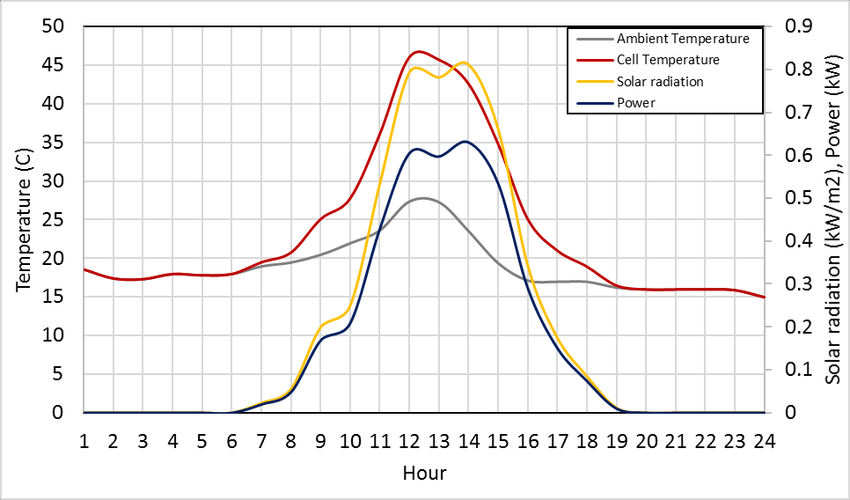
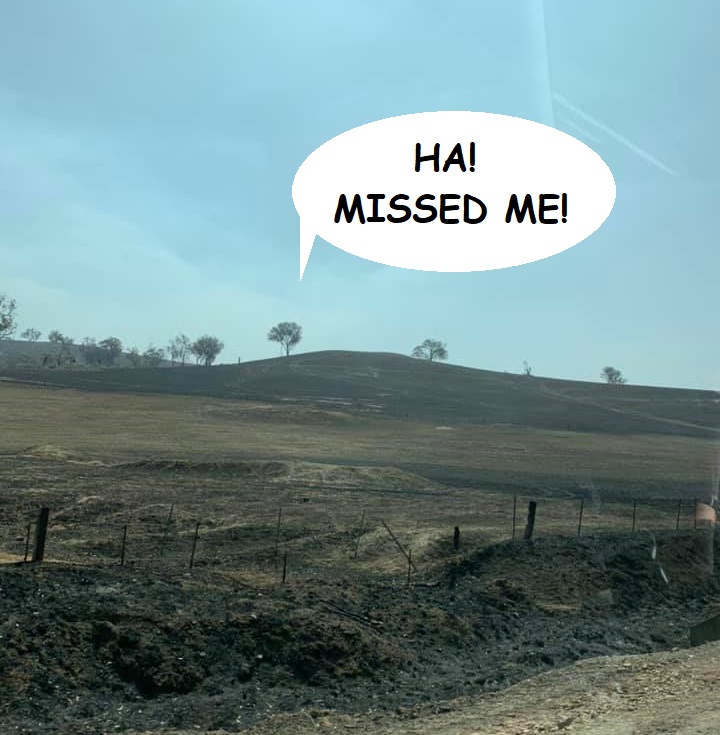
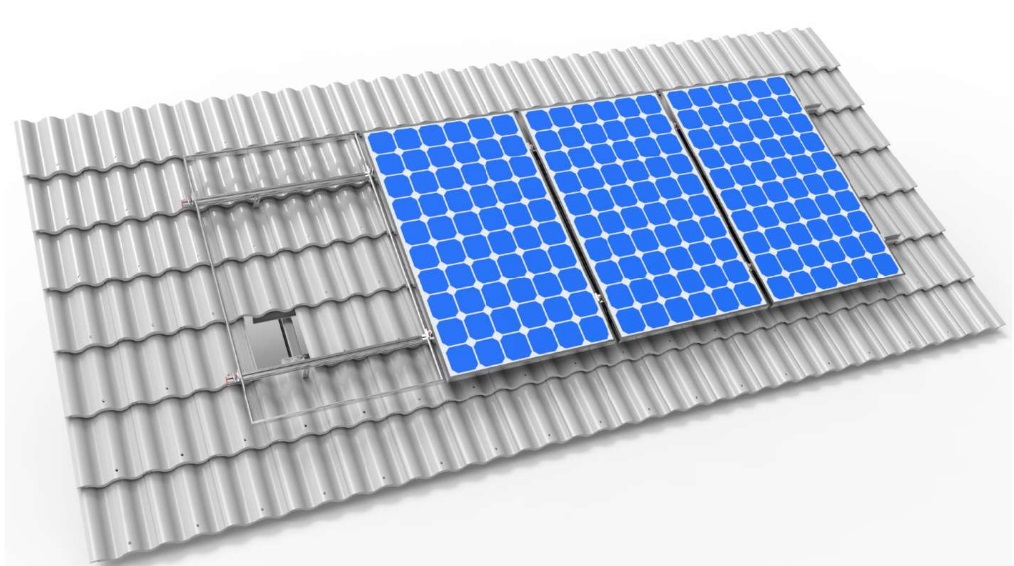
 RSS - Posts
RSS - Posts



G’day Ronald,
Is there any chance of damage to the Solar System when all power is lost? Should all switches be turned off before power returns?
When there is a blackout and the panels are producing power solar inverters in Australia are required to disconnect themselves from the grid and then regularly check to see if the power is back on and restart themselves safely if it is. Because of this, there is no need to do anything in a normal blackout situation.
Tank you Ronald
Thank you Ronald.
Just installing a new system so will make up an instruction sheet, with photos of my setup, laminate a copy, and leave in box.
As my dad advised, “son, if you have a shovel in the back of the ute, you are less likely to get bogged”.
My way to remember which order to turn off my three inverters without reading the instructions is that when there is a power cut ( more often now since we have economic rationalism!) The mains goes off….so that is the one to turn off first.
I turned my inverters off when firestorm was threatening ‘cos I didn’t want a direct firehouse jetting on to live inverters. Interestingly we had no power for over 24 hrs, I forgot to turn them back on for 4 days, and, there appeared to be no difference in my usage/feedin graph from my energy supplier
Which makes me wonder if they actually read the meter or just use an algorithm?!!!
G’day Ronald, in April this year, my wife and I are planning to holiday in the UK for several weeks. Could you advise me please, would it be necessary to turn off our solar system.?
Regards Danny Oneill
Hi Danny
No need to turn your solar system off. If you leave it on you will continue to receive a feed-in tariff for the solar electricity you export to the grid. Of course, if you are worried about fires in the area you can turn it off or arrange for a neighbour to turn it off if it’s necessary, but I hope things will be safe by April.
Thankyou Ronald for your quick response and for the information and thankyou also for your informative blogs, love em , I have your book as well.
Regards Danny Oneill
Wow – Ronald that was the most grudging admission that perhaps/maybe/yeah well if you must/you don’t need to but if you do….. clean your panels then it won’t hurt. D’oh !
You know deep down it makes sense to keep them as clean as possible. Heat buildup and solar transmission through the glass are two damn fine reasons – remember every milliwatt counts (unless you are Jeff Bezos or Bill Gates).
Yep….. “every milliwatt counts”.. But not at ANY price.. I am curious, though, about the reference to fires. I’ve just spent days helping keep a serious fire at bay, but the solar array never raised a thought. What are the grounds for concern?
In addition to Reg’s comment, anything on the glass is getting burned in with the sun and do permanent damage. Cleaning the solar panels with a hose will do more damage unless you have very clean water. It leaves minerals and other harmful residue contained in the water on the glass that is getting burned in with the sun. Professional solar panel cleaner using expensive equipment to take care of solar panels with maximum efficiency and ultra clean water to leave a sparkle clean surface. And the cost for a professional clean is minimal. Or is $ 170 too much for 24 panels?
If cleaning costs $170 and it’s done twice a year, then after 15 years the total spent on cleaning would pay for a new 6.6 kilowatt system at today’s prices.
If the panel cleaning money was instead invested at 3% real return it would take 13 years. At the average real share market return of just over 8% it would take 10 years. As solar may continue to fall in price it could pay for a completely new system in considerably less time than that.
In Bentleigh East we have just had our cleaning Solar Panel rain… 14mm in 30 minutes from a lovely down pour.. After a smoke haze day and air quality of 482..
Just read an article in the Australian on a similar theme, so I added a comment applauding this article.
And expressed the hope that Ronald’s important message should be taken up by the popular media.
This could be a great PR opportunity for Finn and Ronald, to do well by doing good.
Can you remotely shutdown the Enphase solar panel system?
What about bushfires and house batteries?
Burning lithium is not good I hear…
Cheers